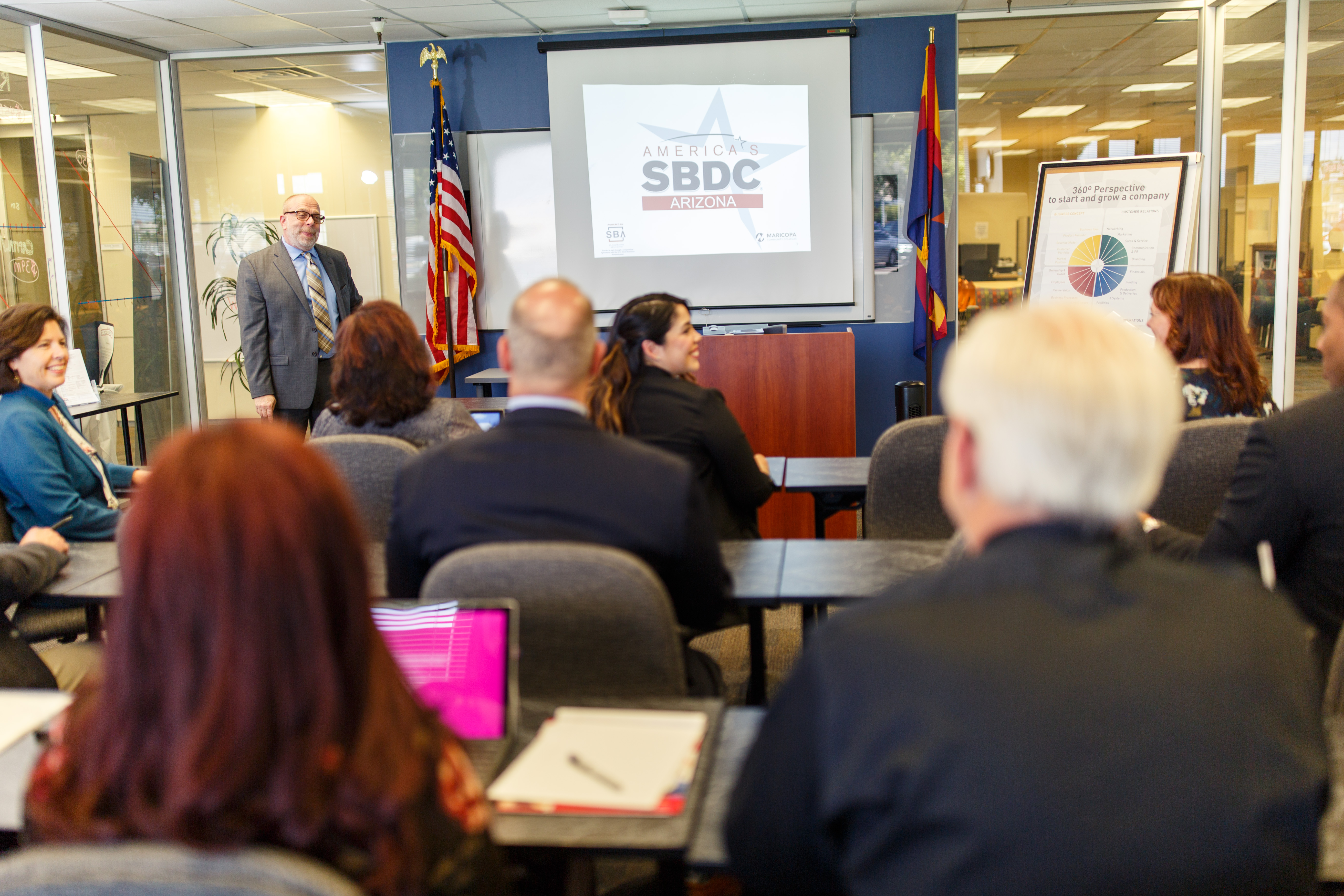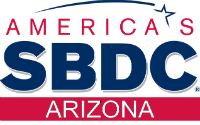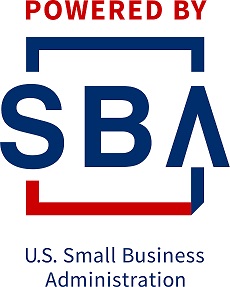SBA Offers Disaster Assistance to Arizona Small Businesses Economically Impacted by the Coronavirus (COVID-19)
As the COVID-19 situation evolves, we have moved all consulting meetings online or on phone for the foreseeable future.
In response to the Coronavirus (COVID-19) pandemic, small business owners in all U.S. states, Washington D.C., and territories are eligible to apply for Economic Injury Disaster Loans with an optional advance ($1,000 per employee up to a $10,000 advance).
For questions on the status of your SBA EIDL or EIDL Advance application, please contact the SBA Disaster Assistance Customer Service Center at 1-800-659-2955 or email disastercustomerservice@sba.gov
For the most up-to-date information on these programs, please visit www.sba.gov/disaster.
**Do not wait to get in touch with one of these lenders.
*If you received an email from CLS@sba.gov requesting information, it is legitimate.
If your identity was stolen and used to apply for Economic Injury Disaster Loan (EIDL) assistance from the U.S. Small Business Administration (SBA), here are some important steps you should take. Be sure to act quickly to prevent or reduce financial loss or damage.
- Notify the SBA’s Office of Disaster Assistance at 1-800-659-2955 (TTY: 1-800-877-8339) or by email at disastercustomerservice@sba.gov. Their team will make a note to the file and place a hold on funds if they have not already been disbursed. If funds have already been disbursed, they will refer the matter to SBA’s Office of Inspector General.
- Notify the SBA Office of Inspector General to report any suspected fraud on the OIG’s Hotline at 800-767-0385 or online at https://www.sba.gov/about-sba/oversight-advocacy/officeinspector-general/office-inspector-general-hotline.
- Place a fraud alert on your credit reports. Contact all of the three major credit reporting agencies. Do not believe whichever company you contact is required to tell the other two. Consider adding an extended fraud alert (valid for seven years) or a credit freeze to your credit bureau reports.
- Go to https://www.identitytheft.gov to file a report about your situation. Once you’ve entered your information, the site will create an Identity Theft Report. Print it or save it to your computer; you will need it later.
- File an identity theft report with your local police department. You may want to use the report you prepared at IdentityTheft.gov.
- Contact the Social Security Administration as soon as possible, even if you’re not sure your number has been compromised at 1-800-269-0271 or submit a report online at https://oig.ssa.gov
Further recommendations to recover from fraud:
- Notify any other companies where you know fraud occurred. Explain your situation and ask them to close your account. Request a letter confirming that the fraudulent activity isn’t yours, that you are not liable for it, and that it was removed from your credit report. And save those letters.
- Obtain and review copies of your credit reports immediately. Look for accounts, inquiries and addresses you don’t recognize.
- If you spot items on your credit report that you don’t recognize, contact the credit bureau involved.
(If more than one, you will need to contact each individually.) Include a copy of your Identity Theft Report and proof of your identity. Explain which information on your report is fraudulent, and ask that they block that information, which will keep it from showing up on your credit report.
- If you get a collection letter for a debt that you don’t owe, write the debt collector within 30 days of getting the letter. Tell them your identity was stolen and you don’t owe the debt. They may request a copy of your Identity Theft Report and other documents about the theft.
- Review your bills and credit reports regularly to identify any new fraudulent charges.
SCHEDULE AN APPOINTMENT:





